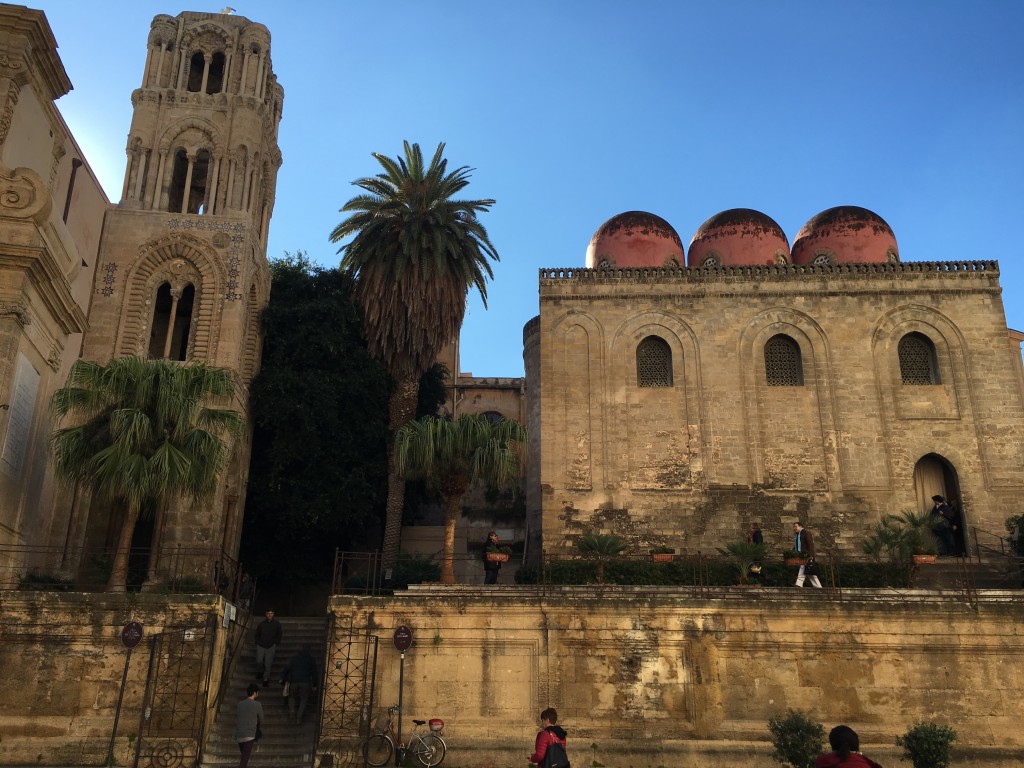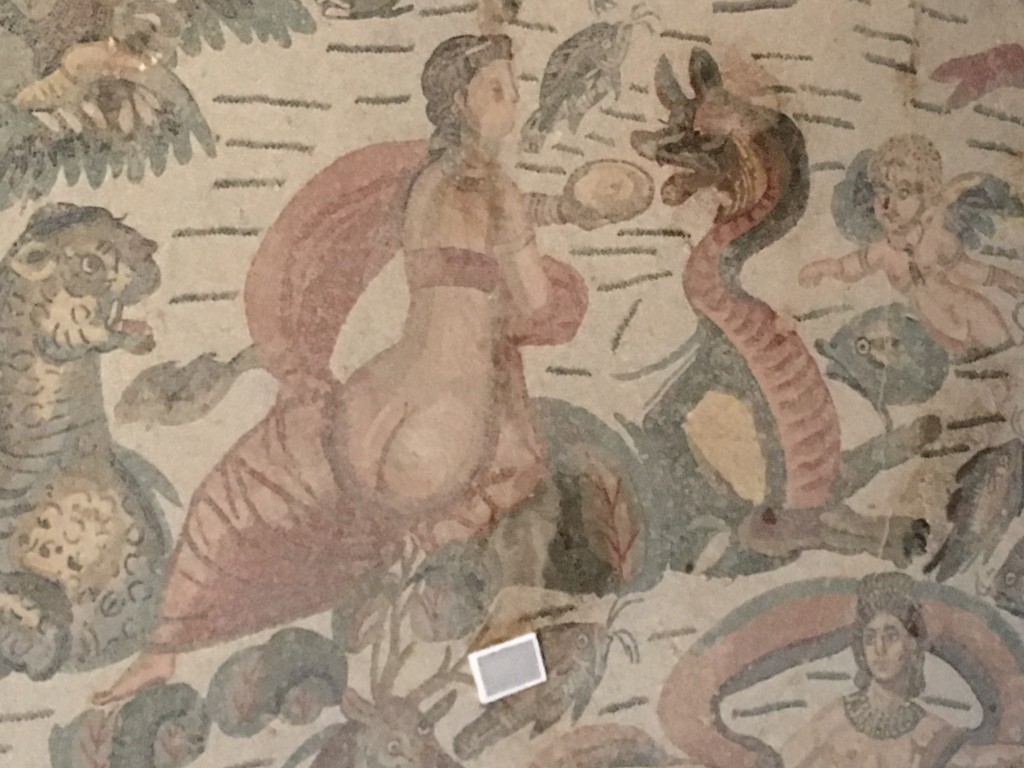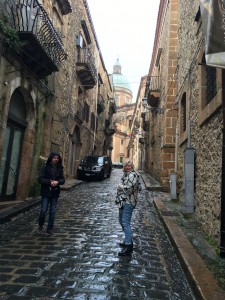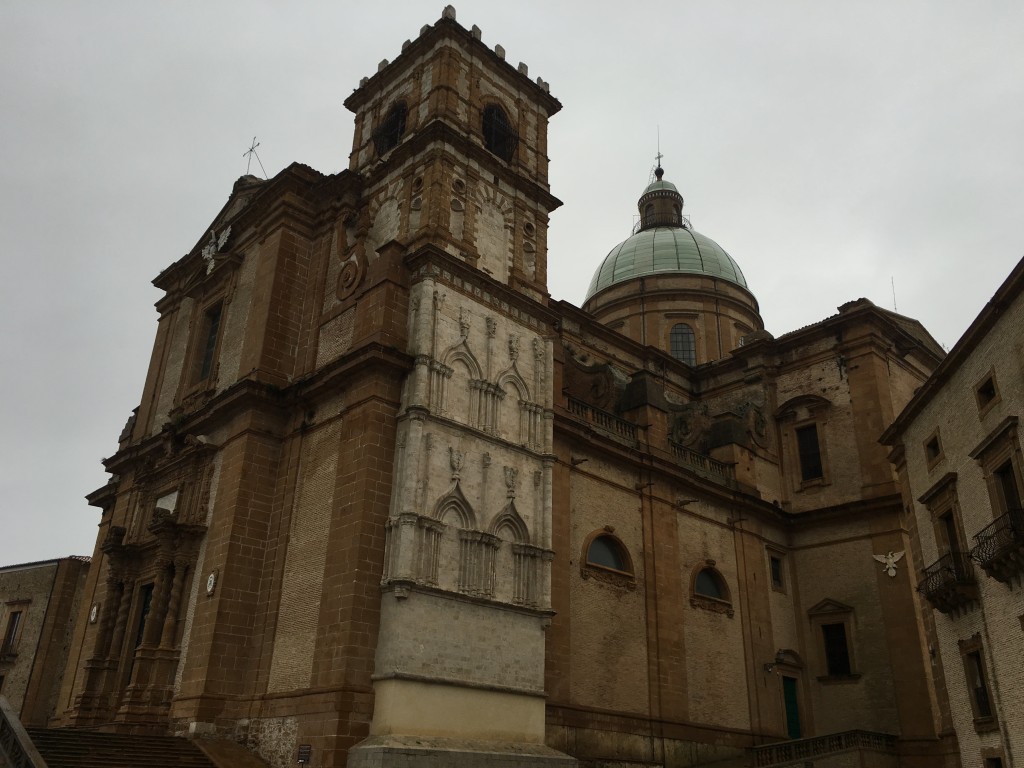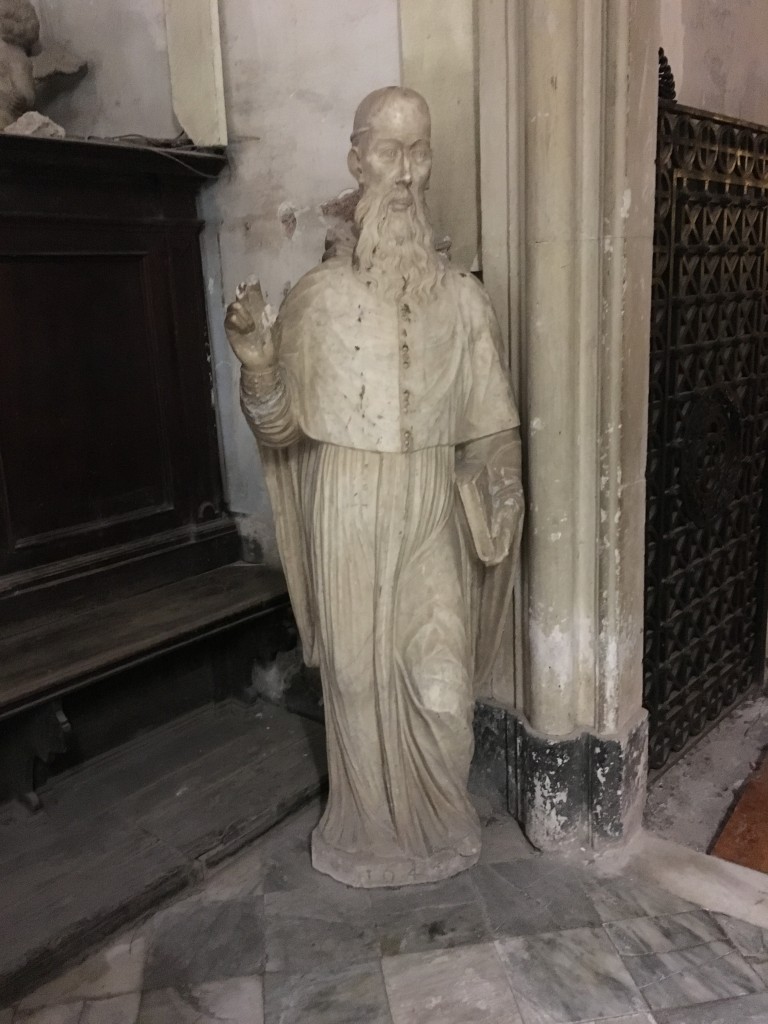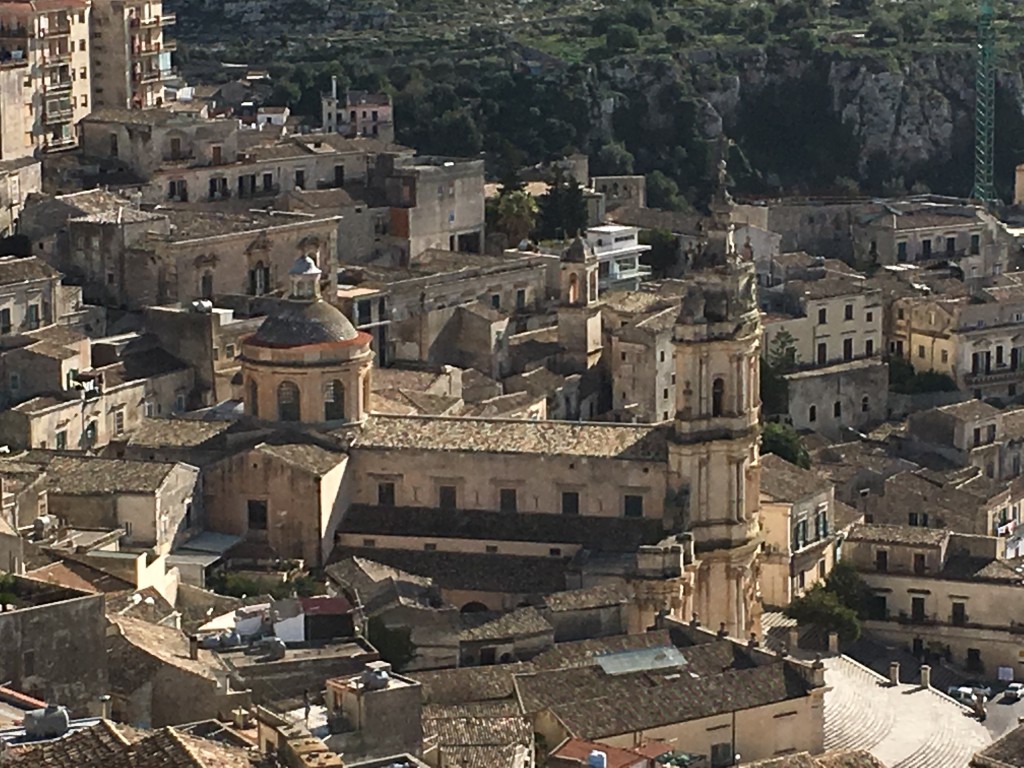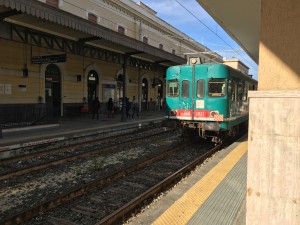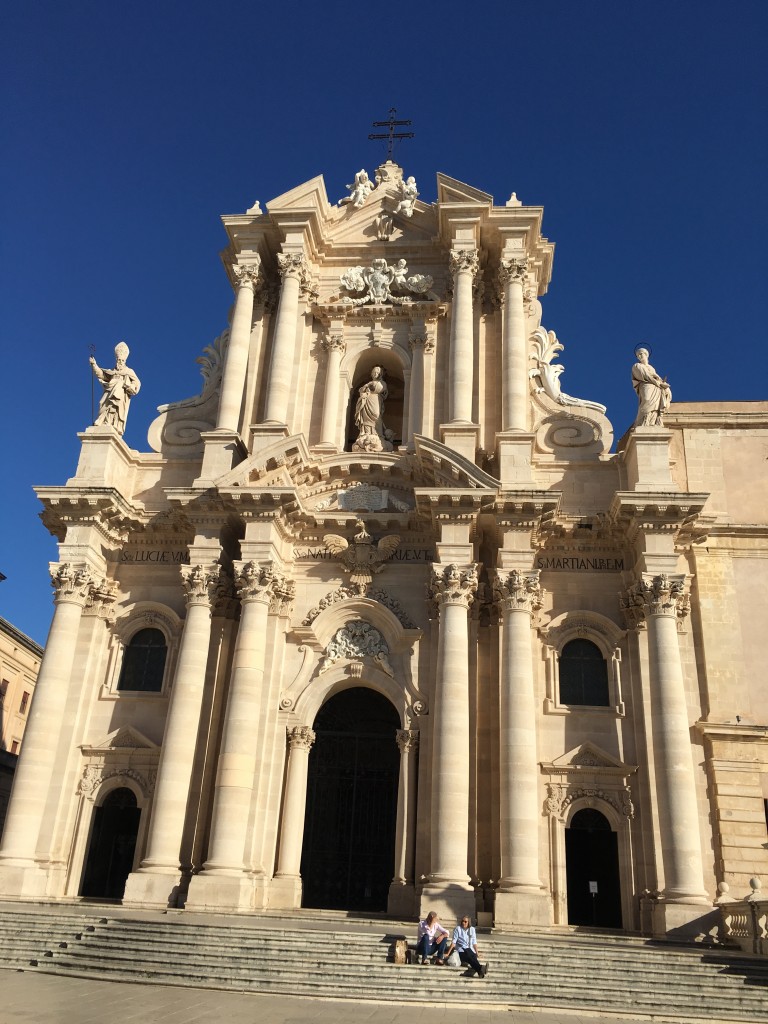Arriving in Palermo you quickly become aware of its relationship with the sea. It’s a port city and infact that is why it was settled by the Phoenicians in the first place. Wherever you are in Palermo you feel close to the sea.
You also quickly become aware of the North African influence. It’s evident in the date palms, architecture and the food.
Through our two previous visits we’d seen the city highlights but with more time on this visit we were able to take it slowly. Walking the streets, seeing the people going about their daily lives is the best way to experience a city such as Palermo.
As you walk you quickly come to the realisation that traffic lights are really only guidelines and that you are taking your life into your heads each time you cross the road. I’m not even sure that the Nuns are safe crossing the roads in Palermo! You also realize that large cities with lots of cars can survive without traffic lights every 100 metres.
Taking the time to immerse yourself in Palermo allows you to build a picture of the city. It enables you to move past the perceptions you might have from the books you’ve read and stories you’ve heard. In three visits we haven’t seen anyone gunned down although the memorials, such as the city airport name, Falcone-Borsellino, are reminders that the city does have a dark underbelly. Falcone and Borsellino were both judges murdered by the mafia in 1992.
We compartmentalised our visit. Arriving by bus lunchtime Saturday, we caught a taxi to our hotel. Being the only non Italians in our shared taxi, we were the last to be dropped at our hotel and were charged about 50% more than what we’d been told was the norm – that unfortunately is what happens in cities like Palermo. You can stress about it or shrug your shoulders – the latter keeps the blood pressure down. The hotels are wise to this and have arrangements with taxi companies or private drivers for fixed fares to the Train Station and Airport which help.
Our hotel was located in the more residential part of the city and a short walk to the main shopping boulevard , Via della Liberta which houses Prada, Max Mara at the upper end and becomes more mainstream as you approach the older part of the city. Visiting in sale time means there’s always a bargain to be had and with the effort the sales’ staff put into selling my favourite person a winter coat, I’d say things are pretty grim in retail! A walk down this street and a meal in one of the local restaurants is a way to gently ease yourself into Palermo.
We also went back to a favourite cafe Continue reading
